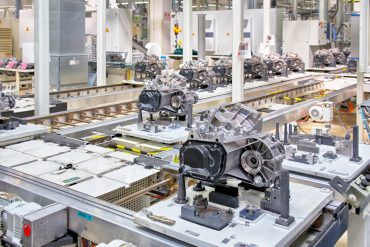
The goal of the research is to provide a practical method that lets robots actively search for target objects in a complex environment.
We may not live in the robot-filled future once dreamt by futurists, but we are getting closer to it. Speakers with virtual assistants inside and robot vacuum cleaners are both commonplace, and we should expect even more home-invading bots in the next decade.
One of the hurdles developers currently face is teaching robots how to manoeuvre around the house. To that end, a research team from the University of Michigan has published a new model, which trains robots on the relationships between household objects.
SEE ALSO: Qualcomm Announces 5G and AI Robotics Platform
For example, a robot may be assigned to take washing from the basket upstairs and move it into the washing machine. With the model, it can be trained to understand where both the basket and the machine is, removing the need to move the robot manually.
“Being able to efficiently search for objects in an environment is crucial for service robots to autonomously perform tasks,” said Zhen Zeng, co-author of the study. “We provide a practical method that enables the robot to actively search for target objects in a complex environment.”
The model, called SLiM (Semantic Linking Maps), associates landmark objects, like a fridge, with other related objects, like an orange juice carton or mayonnaise. From that, if a robot is asked to clean the table, it will know to put fridge items back where they belong.
The researchers said that SLiM accounts for uncertainty, for instance if the laundry basket has been moved, it will not stop functioning, although it might take longer to find the new location.
This active renewal of geographic locations and relationships between objects should improve long-term performance of robots, which may otherwise shut down constantly due to a change in the environment.
The Roomba was a watershed moment in terms of household robots, and most of robots launched after have copied the design and functionality of it. However, the robots presented by Michigan team are far more sophisticated, able to pick up objects and perform tasks.
We are still a few years off those types of robots, although research like this shows it’s definitely in the pipeline.



























